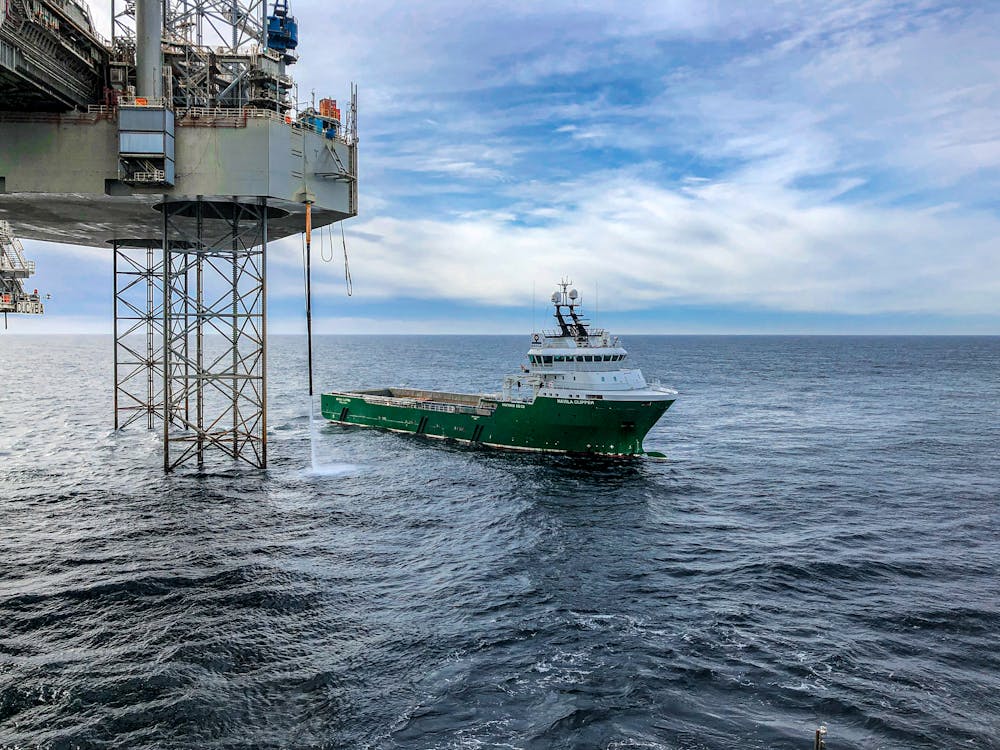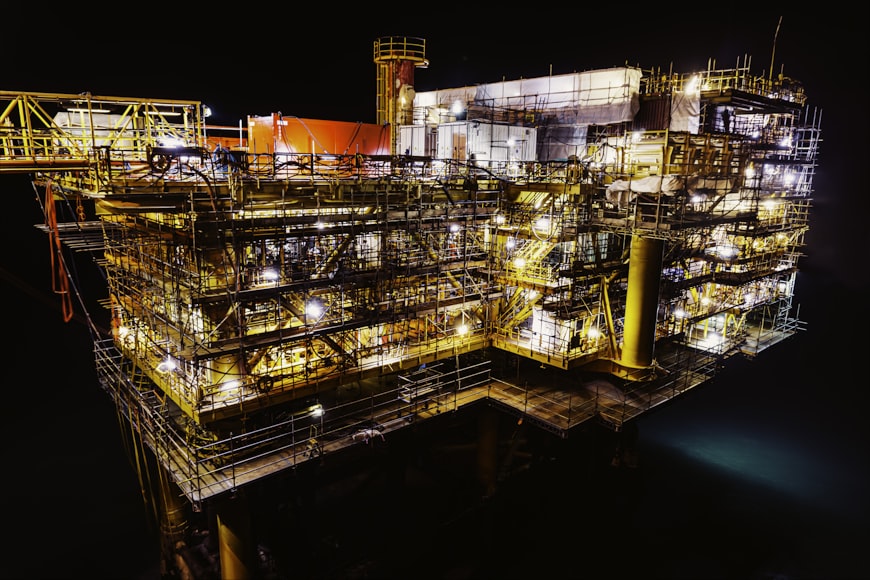Materials used in gas and oil pipes and hydrocarbon transportation could affect a wide variety of metrics, including but not limited to operational costs, delivery time, compliance, simplicity of installation, maintenance expenses, and overall costs of ownership.
Even though fiberglass pipeline has been widely used for transporting oil and gas, the current product made using dry glass fiber with thermoset resin might not be the ideal choice. Reinforced thermoplastic pipes are one example of a cutting-edge product. RTPs are made by embedding aramid fiber or glass fiber within a thermoplastic matrix, making them extremely durable.
Oil and gas sector operators and engineers are warming up to these pipes because they can survive harsh environments and are not affected by the same problems that plague conventional glass fiber products. On that note, let’s take a detailed look into the reinforced thermoplastic pipe.
What Is A Reinforced Thermoplastic Pipe?
Due to its high strength-to-weight proportion, paraffin accumulation resistance, and chemical compatibility, RTP can be spooled and relied upon to transport hydrocarbons, processed fuels, and chemicals. The strengthening makes the pipe very sturdy.
Due to their adaptability and longevity, RTPs have successfully replaced steel in various uses, most notably in oil and gas pipeline construction. A pipeline transport alternative that can withstand high pressure and severely corrosive or harsh environments, for instance, is made of five layers of pipes: a glass or aramid fiber reinforcement, an HDPE core pipe, a Tybond layer, as well as an inactive hydrocarbon-resistant liner.

What Exactly Does Fiberglass Pipe Mean?
In general, the term “fiberglass pipe” can refer to a wide range of different types of piping made from fiberglass. The two most popular kinds of fiberglass pipe are compared here:
- When using dry glass fiber reinforcement, the abrasion of neighboring fibers causes fatigue failure under cyclic pressure loading rather than the fatigue endurance of the glass fiber itself.
- Thermoset resin has problems stemming from its fragility and the difficulty of maintaining a consistent quality. There is a greater potential for damage during installation, such as over-bending or collision, which could result in premature failure of these pipes.
3 Benefits Of Reinforced Thermoplastic Pipes
Reinforced thermoplastic pipes have various benefits over fiberglass pipes, including the following:
Ability To Handle High Temperature & Pressure
Due to their ultra-low permeability & increased structural strength, reinforced thermoplastic pipes (RTP) are ideal for transporting gas and oil (even hot oil). Although fiberglass-reinforced pipes can withstand higher pressures and temperatures, they can easily deteriorate.
There is a high-temperature variation of these pipes available. If you use a nylon PA12 liner with your PE-RT material, you can increase the maximum temperature to 180 degrees Fahrenheit.

Extends The Lifespan Of Oil & Gas Pipelines
In terms of corrosion resistance, a reinforced thermoplastic pipe is on par with fiberglass pipes and significantly more resilient than steel pipes. They resist corrosion from salt and hydrogen sulfide/carbon monoxide. The industry benefits from this since it lasts longer without additional expenses.
For instance, Polyphenylene Sulfide (PPS) linings on the inside of pipes are resistant to bacterial growth and many chemicals, making them a great option for use in severe, corrosive conditions.
Lowered Overall Costs And A Simpler Setup Process
As RTPs allow for the streamlining of operations with the minimization of safety hazards, their installation involves fewer people and less time than other solutions. RTPs can be used in difficult terrains thanks to their spool-ability, which also minimizes installation and downtime. In addition, these pipes come with a wide selection of fittings and couplings made from different types of steel for easy integration with standard oilfield hardware.

Now that you’ve understood the benefits of using Reinforced Thermoplastic pipes, the next step is to get in touch with a provider of RTP pipelines, and who is better than CNPS for it? We are among the leading providers of geology tools and supplies, glass-reinforced plastic pipes, fiberglass piping systems, mud logging equipment for sale, FRP piping systems, and a lot more.
Over the past decade and a half, we’ve expanded to become a full-service energy solutions supplier and earned a name for ourselves among the industry’s elite. CNPS has established itself as a premier oilfield solutions and equipment provider, earning us a place among the industry’s most esteemed vendors. We are here to serve the needs of OCTG firms looking for superior oil and gas solutions.
Contact us today to learn more.


